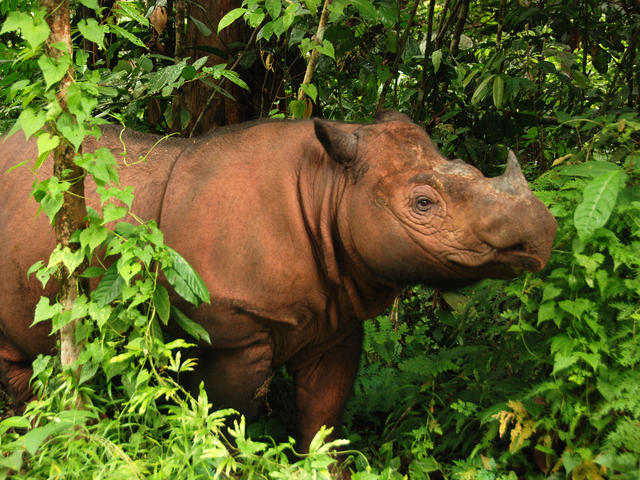
Sunday, September 1, 2019
The SIxth Extinction Chapter 11 - Elyonni Tordesillas
In this chapter, Kolbert travels to the Cincinnati Zoo to meet Suci, an enormous rhinoceros. Dr. Terri Roth, the conservation director for the zoo, tells Kolbert that Suci, a Sumatran rhinoceros (Dicorohinus sumatrensis), is one of only five rhino species left on the planet. Sumatran rhinos are small and endangered. Thus, Roth has been trying to preserve the species with no success. Sumatran rhinos used to live in the Himalayas, as well as on Sumatra and Borneo. They were once common, but they’re now headed for extinction. Recognizing their inevitable extinction, a conservation group decided to send a small number of Sumatran rhinos to American zoos in hopes of perpetuating the species in captivity. However, five of these rhinos died almost immediately, thanks to a disease spread by flies. Then, several rhinos captured in Borneo died from tetanus and other injuries. To combat the problem, zookeepers then realized that rhinos couldn’t eat dry hay. They needed fresh leaves to survive. By this time, there were only three Sumatran rhinos in the U.S. Roth’s job is to inseminate a Sumatran rhino and perhaps prevent the species from dying out forever. Roth had tried to inseminate a rhino named Emi, who was living in a zoo in Los Angeles. After many false starts, Emi birthed Suci and a male named Harapan. These are possibly the only Sumatran rhinos born anywhere in the last thirty years. The same is true for other rhino species—humans have wiped out rhinos and scientists are now trying to preserve their numbers in captivity. Other large mammals, such as elephants, jaguars, pandas, and cheetahs, now exist mostly or entirely in zoos and preserves, where scientists are trying to get them to bear offspring. In general, there has been a notable decline in the populations of large wild mammals, such as rhinos, cheetahs, elephants, and pandas. Here, Kolbert illuminates the phenomenon of humans nearly wiping out large mammal species and then going to great lengths to protect them...by putting them in artificial, human-designed environments.


Subscribe to:
Post Comments (Atom)
No comments:
Post a Comment